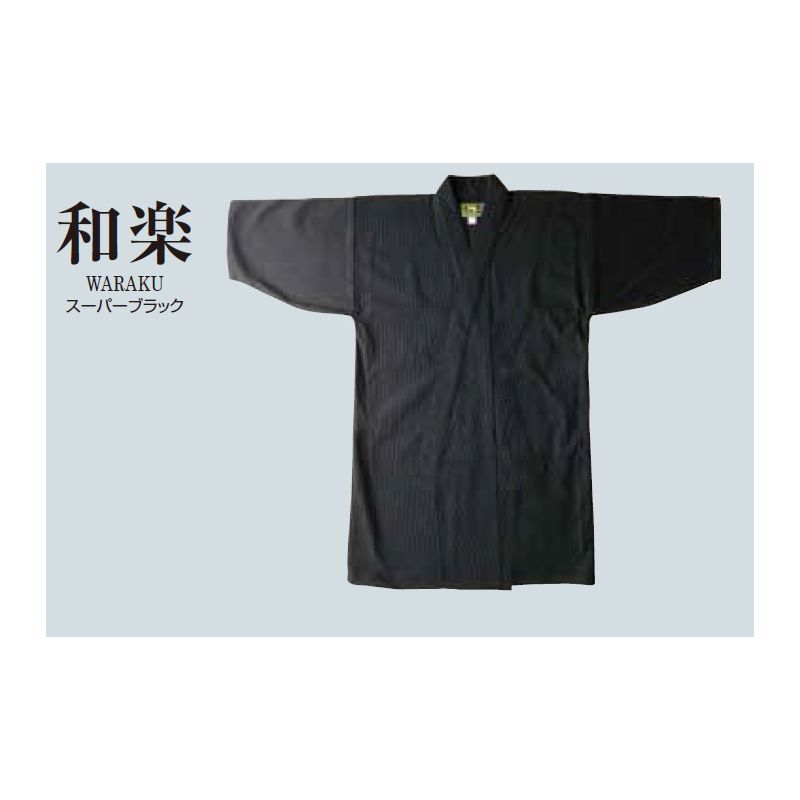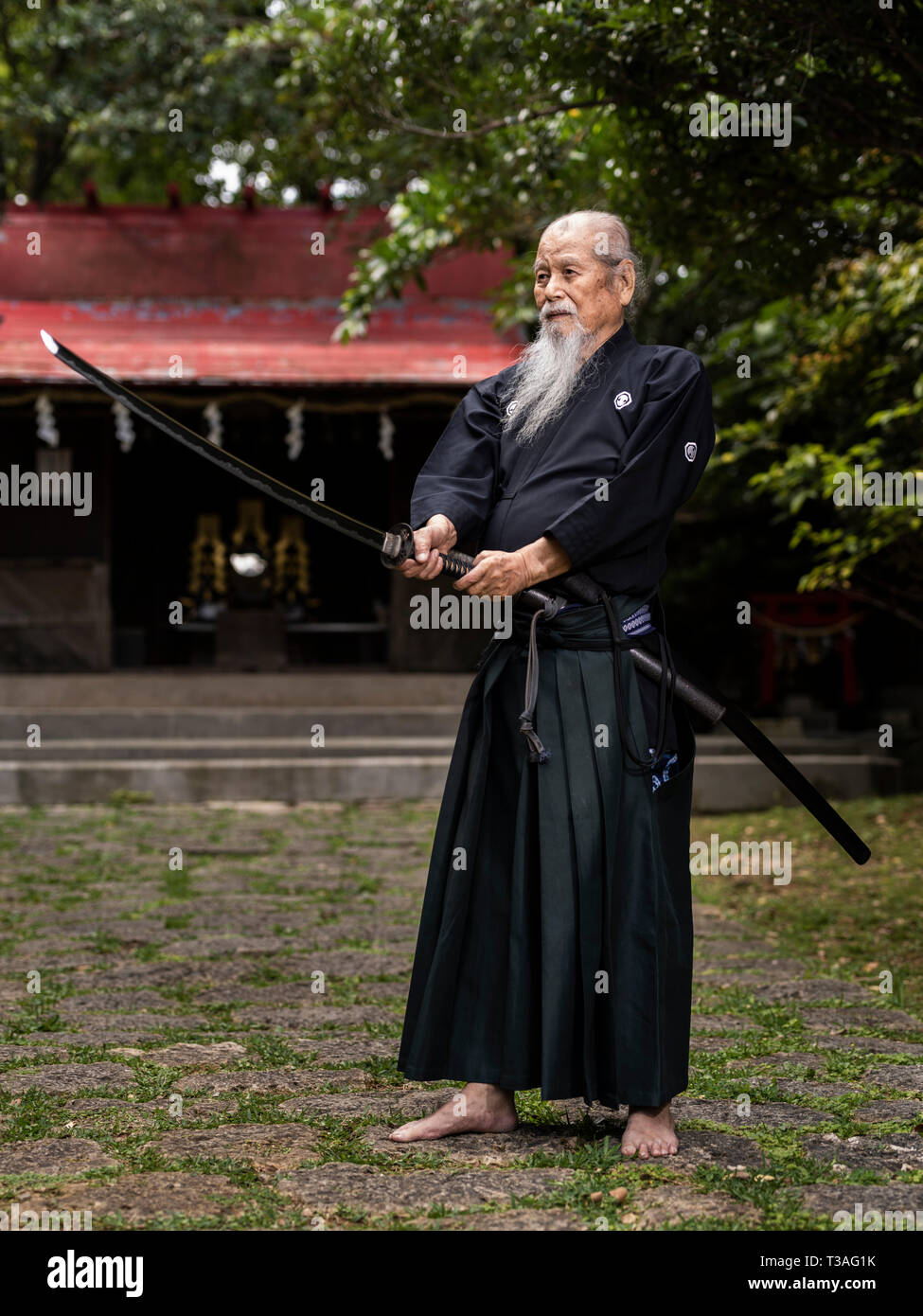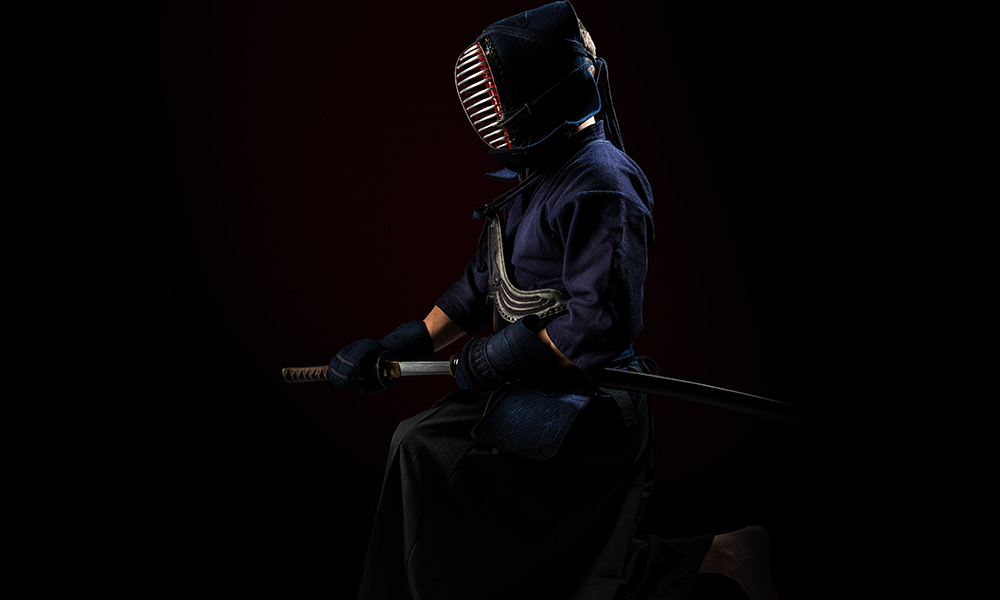
Practice is meditative but through the repetition of these ancient forms, sound movement, poise, and a rigorous workout can be achieved. These forms are practiced solo, but in a group setting along with other students.
#IAIDO IN JAPAN HOW TO#
Students learn how to draw and cut with the Japanese sword through various pre-determined forms, or kata. Iaido evolved from battlefield techniques of feudal Japan into the modern system practiced today. The MJER kata is quite lengthy and complex, when compared to Seitei iaido.I aido (pronounced ee-eye-do), is the traditional martial art of Japanese swordsmanship. The school takes its name from its seventh headmaster, Hasegawa Chikaranosuke Hidenobu, ‘Eishin’ is an alternative pronunciation of ‘Hidenobu.’ MJER claims an unbroken lineage of teachers, dating back to the sixteenth century. MJER is sometimes referred to simply as “Jikiden” or “Eishin”. Muso Jikiden Eishin-ryu (MJER), is a koryu (old school) sword art and one of the most widely practiced schools of iaido in the world. All kata are performed only as a last resort and as a response to an attack from an opponent, that has already commenced. Avoid, then respond to a single attack from the front.Īll kata include a quick draw and cut or thrust with the sword, followed by the delivery of single or multiple cuts or strikes to one, two, three or four opponents. Uke-nagashi (parry), then followed by a rapid sequence of five different and complete cuts. Forestalling, thrusting, then cutting an attacker on the left. Forestalling two approaching attackers, one in front and one from the rear. Forestalling three approaching attackers, one each to the right, left and front. Forestalling, then cutting three approaching attackers, two in front and one from the rear. Forestalling, then cutting an attacker approaching from the front. Forestalling, then cutting two attackers, one each to the front and the rear.Įight kata commencing from a standing (taito) position. One kata commencing from a kneeling (tate-hiza or iai-hiza) position, with one leg partially raised.

Receive, parry then cutting an attacker approaching from the left. Forestalling, then cutting an opponent attacking from the rear. Forestalling, then cutting an opponent attacking from the front. Three kata commencing from a seated (seiza) position.

These twelve seitei gata are now standardised for the tuition, promotion and propagation of iaido and as a result, seitei iaido has become the most widely recognised form of iaido in Japan and the rest of the world. In 1980 three more kata were added and then two more in 2000, thus increasing the seitei gata curriculum to the current twelve These seitei gata were drawn from several of the major traditional sword schools, including Muso Jikiden Eishin-ryu and Muso Shinden-ryu. In 1969, the AJKF introduced the Setei Gata curriculum of seven kata (techniques or forms) for iaido. Like kendo, iaido can also provide a pathway to personal and spiritual development.Īn Iaido Division was formed within The All Japan Kendo Federation (AJKF) in 1956. The martial arts of iaido and kendo have developed together and many people believe that they complement each other. The term “iaido” can include many styles of Japanese swordsmanship, “all of which subscribe to non-combative aims and purposes.”

However, around a century before his birth, the dynamic art of iai-jutsu had been developed by Izasa Ianao, the founder of the Tensin Shoden Katori Shinto Ryu.

Hayashizaki (Jinsuke) Shigenobu is generally credited with establishing the influence and popularity of Iaido early in the sixteenth century.


 0 kommentar(er)
0 kommentar(er)
